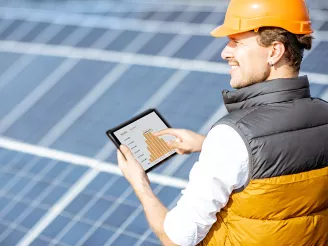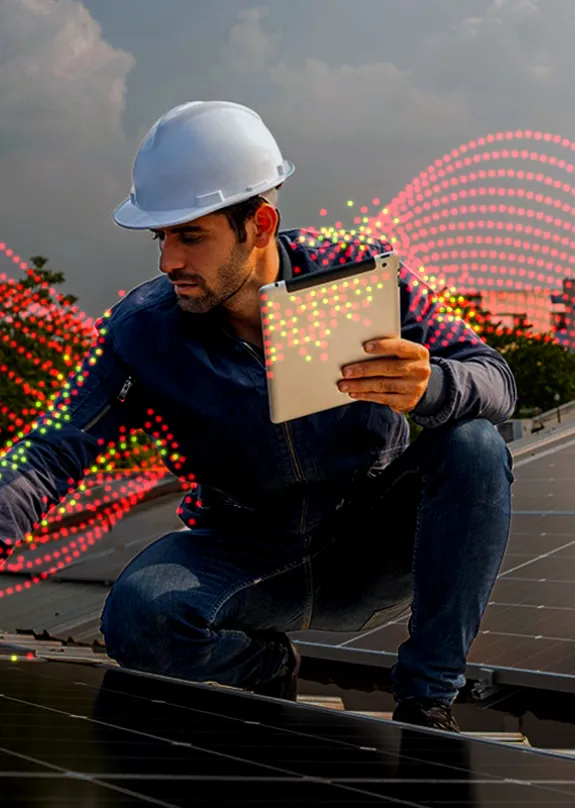Sharp Solar Energy Business in Europe
Sharp no longer sells solar panels in Europe (after Q1 2025) but is available to process your related service requests, which you can submit on the form below.
Scroll further down this page to learn how to make a claim or download documents on Solar-related products.
Contact the Solar Energy Service Team
If you have any issues with your Sharp Solar PV Panels, we are here to help. Please use this form to ask any technical questions about your Sharp Solar Panels or the Smart Chap Energy Manager. If you need replacement photovoltaic modules, we will do our best to offer solutions.
Make a claim
In the unlikely case of a defective product, please:
- Contact your dealer or installer.
- You or preferably your dealer/installer can register the defective product in the Sharp eService - Register. You will need to register for the eService before you can make a claim. To register, click the link Sharp eService Registration here. Select customer if you are the installer or distributor and select solar claim if you are the end customer.
- You will receive login information via email on the next working day. Use this login information to access the eService Platform and enter information about your claim there.

Download documents
Find all downloadable documents for Sharp products via the search mask (lens icon) on the top navigation by searching for the model name such as i.e. "NUJC430B". Documents should include guarantee / warranty terms, certificates and installation manuals.
Alternatively, you can also find documents in the download centre by typing the model name in the first cell. It is not necessary to refine the search further, just press search. Please note, the best availability of documents is in English.
If you cannot find a document, you can request it via the contact form above.

Download flash data
If you are an installer or distributor you can download the flash data of Sharp photovoltaic panels. Please use the following tool via the link below. If you need assistance you can reach out to the solar service team via the contact form above.


